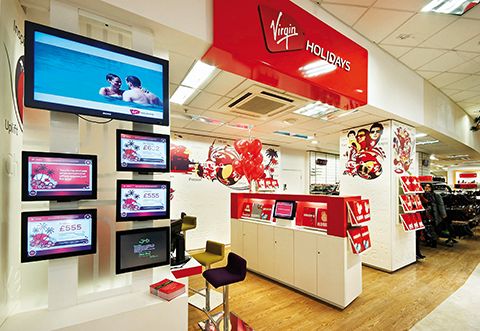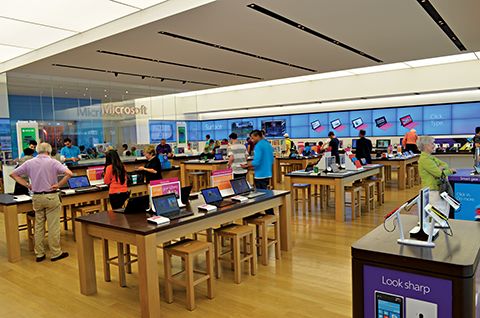By Lyle Bunn
Challenges facing the retail sector have never been greater. Bricks-and-mortar stores compete not just with each other, but also with online commerce. A store is still the ideal facility for meeting shoppers’ needs, so long as retailers can respond to the shifting landscape, including rapidly changing consumer attitudes and behaviours.
Place-based digital signage, in many cases, is providing a significant return on investment (ROI) and serving as a platform for introducing other technology-related marketing approaches, such as electronic shelf labels, wireless-fidelity (Wi-Fi) hot spots, near field communication (NFC) and location-aware mobile marketing. It can even showcase products that may not be available within the store but can be requested from an alternate location or even ordered online while the customer is in the store. As such, digital signage has become a key tool in addressing today’s retail challenges.
Personalizing the experience
With a recent survey of retailers by KPMG reporting the top two drivers of growth in the next three years will be retaining customers (37 per cent) and adding customers (35 per cent), it is important to keep in mind shopping is personal. People will shop regularly at locations that fulfil their needs and wants at fair prices, reflect their lifestyle and interests, provide an appealing environment, offer a variety of buying options and ensure satisfaction through helpful staff, inventory access, return policies and other customer-friendly policies.
Point-of-Purchase Advertising International (POPAI), meanwhile, reports 70 per cent of purchasing decisions are made in-store. This reinforces the importance of both (a) making the store an attractive destination to ensure traffic and (b) using in-store digital signage and other promotional media to turn browsers into buyers.
“Transitioning retail space from a ‘supply chain’ utility, where dwell time is minimal, to a place where experiences happen is a critical success factor,” said Audrey Hendley, senior vice-president and general manager (GM) of prospect engagement and new member acquisition for American Express, when addressing delegates at the Customer Engagement World (CEW) show in November 2014.

Digital signage complements printed graphics in retail environments by showcasing dynamic content. Photo courtesy Tripleplay Services
Indeed, the overall goal of ‘customer engagement’ is one reason retail is among the top vertical markets for digital signage.
Visual appeal
While retail environments are full of products, packaging, labels and fixtures, virtually all of these elements are ‘static,’ lacking motion to attract the eye and entice shoppers. Motion gets noticed and customers—even unconsciously—will respond to it by reassessing what interests them. Messages are received and filtered based on relevance and appeal.
“Consumer actions are impacted by digital signage,” says Chris Riegel, founder and CEO of Stratacache. “High-quality graphics of premium products, showing their features and benefits, entice consumers to select them versus other products.”
Revenue increases can be achieved through several ways. Enhancing the visual appeal of the store can improve traffic, but then the next job is to convert browsers to buyers. Digital signage can increase their dwell time, making them more likely to purchase a larger basket of goods. And as mentioned, content can be specifically geared to cross-sell or upsell.
Compared to other media, content need not be ‘shrill’ to capture attention. Active content can be presented calmly and confidently at a prime location, outlining the store’s points of value and a call to action.
For that matter, place-based content can ‘play nice’ with other media. Content developed for TV, printed collateral, static signs or other formats can be repurposed for digital signage, with the opportunity to augment it by shortening, regionalizing and/or animating it, at minimal additional cost. Moreover, content can be updated rapidly, so there is more of a chance to test-market and refine messages with digital signage before extending them to traditional media.






